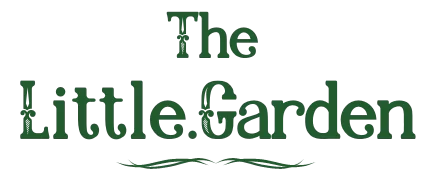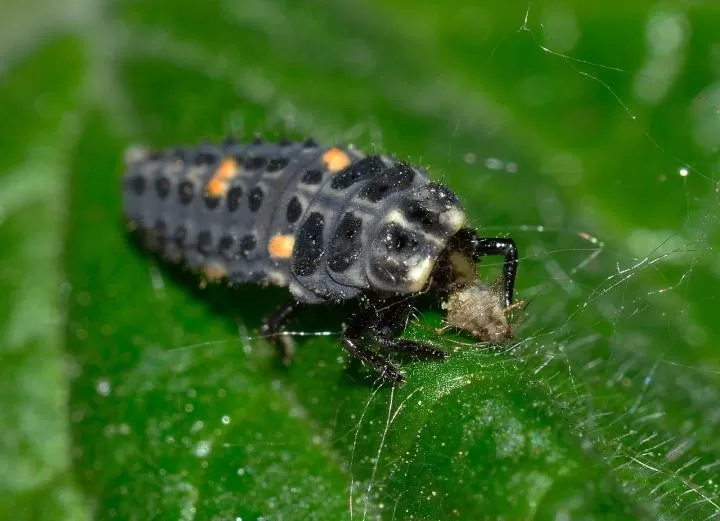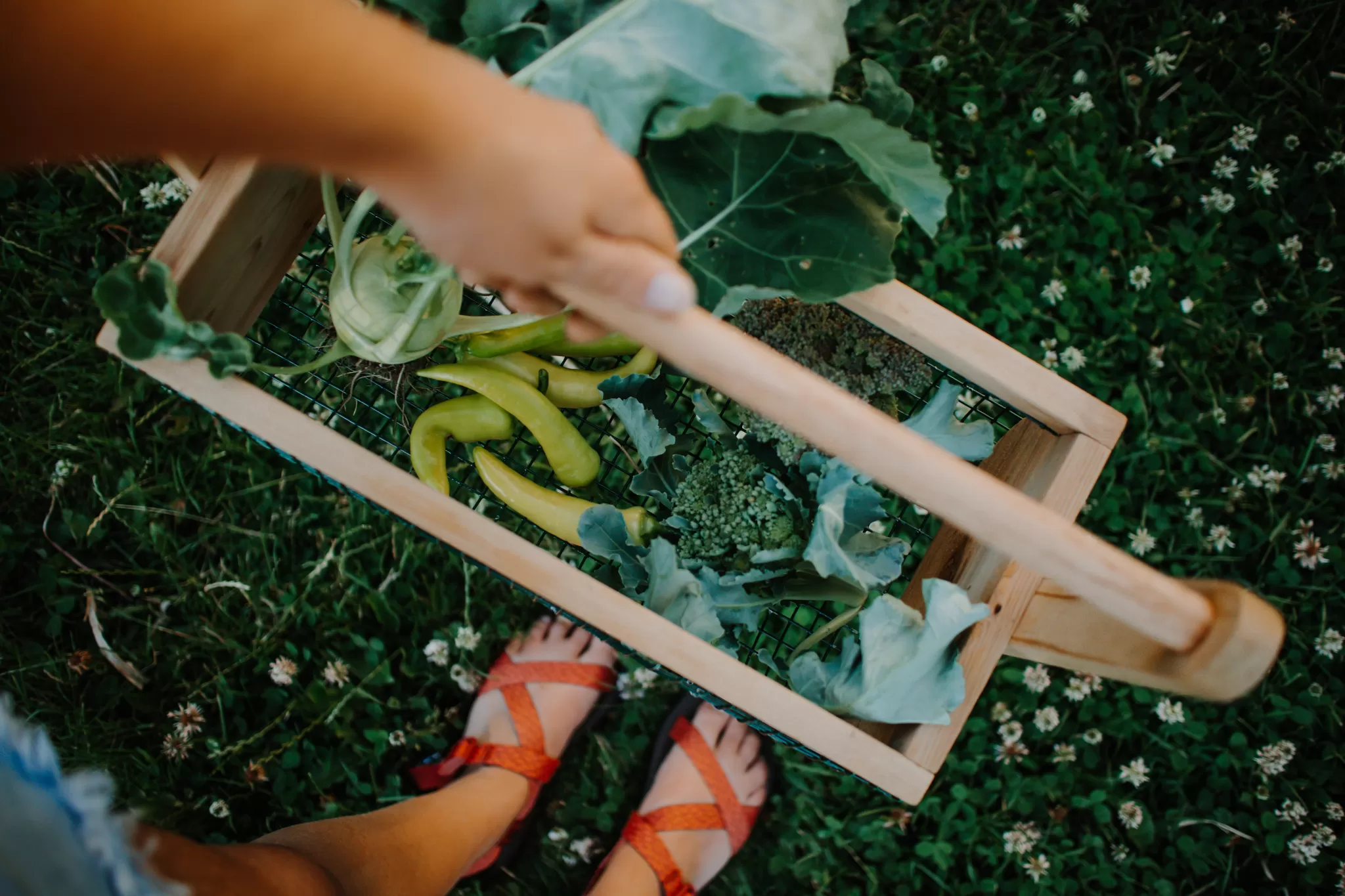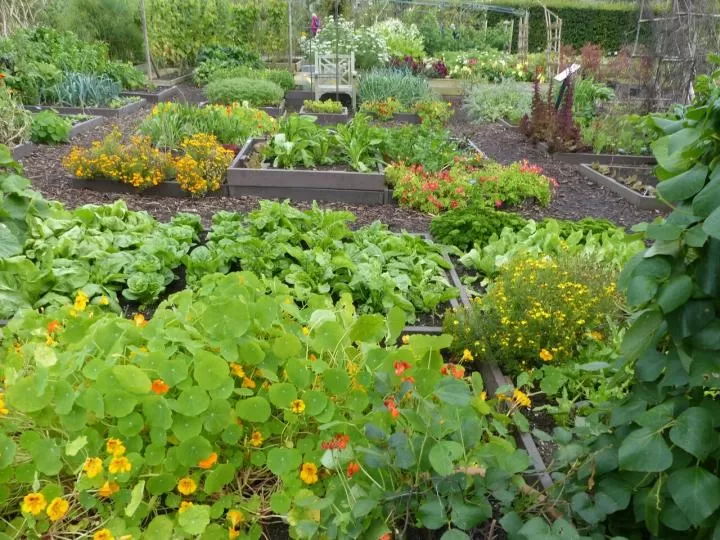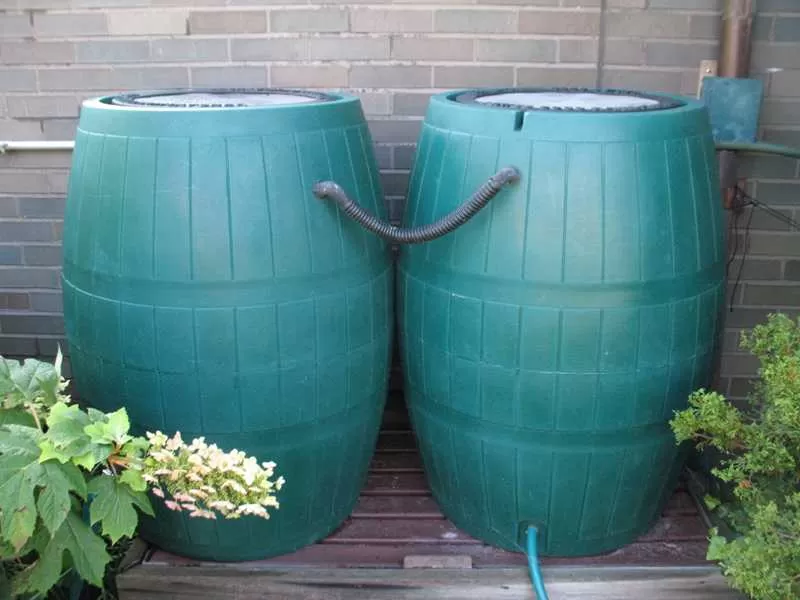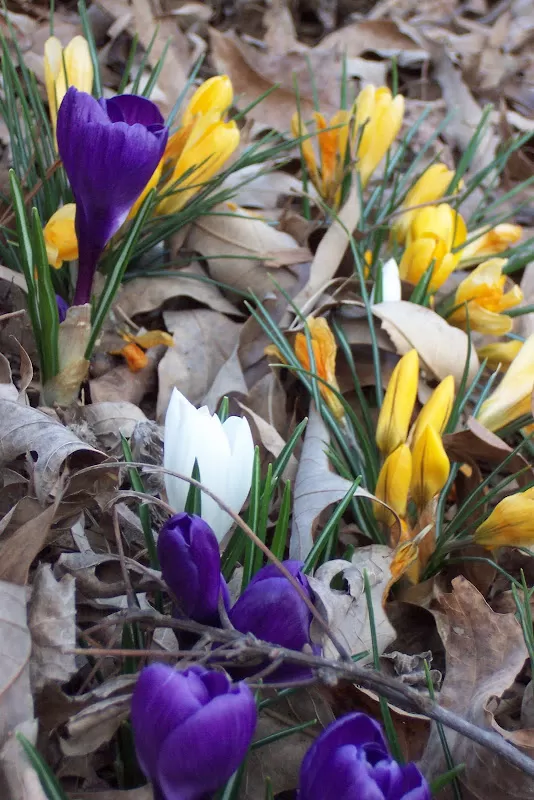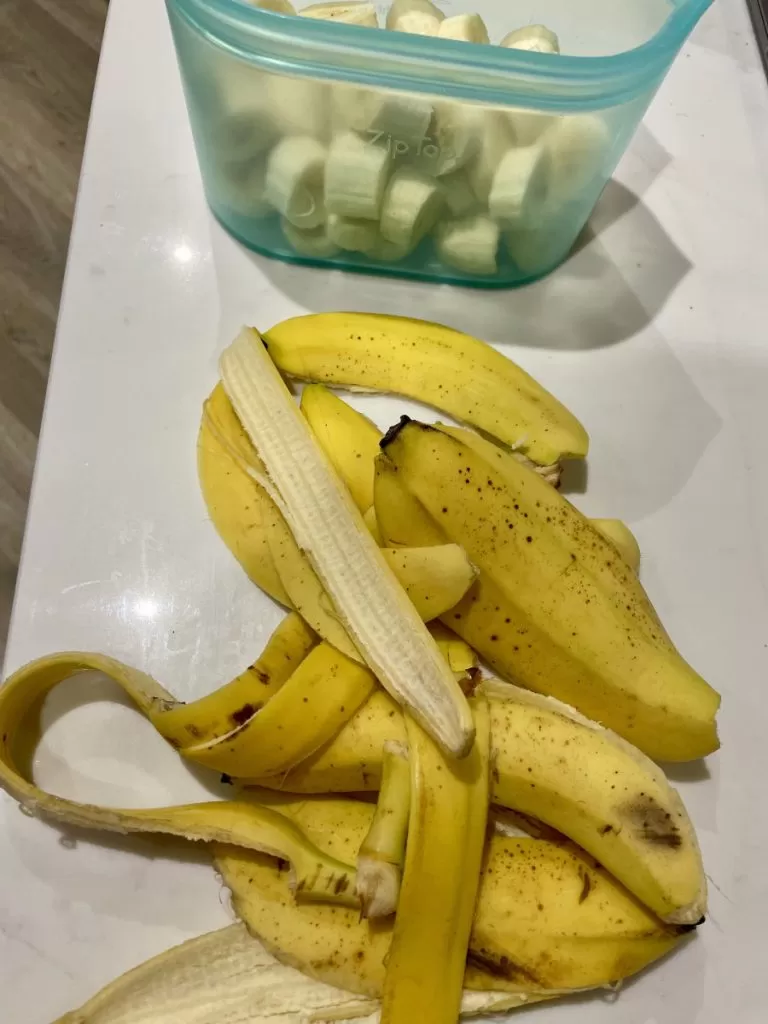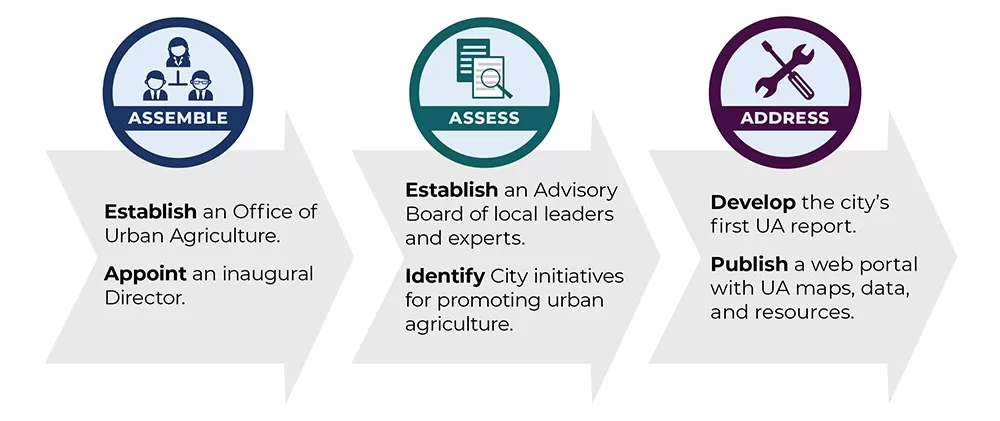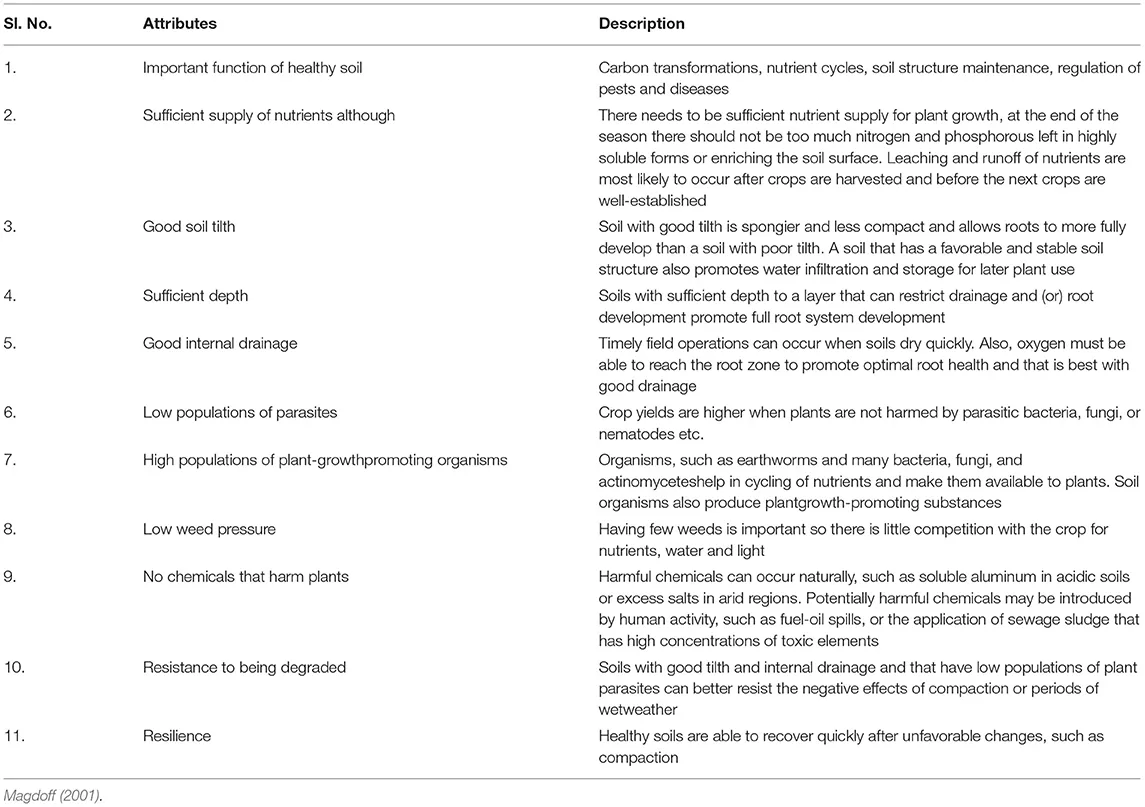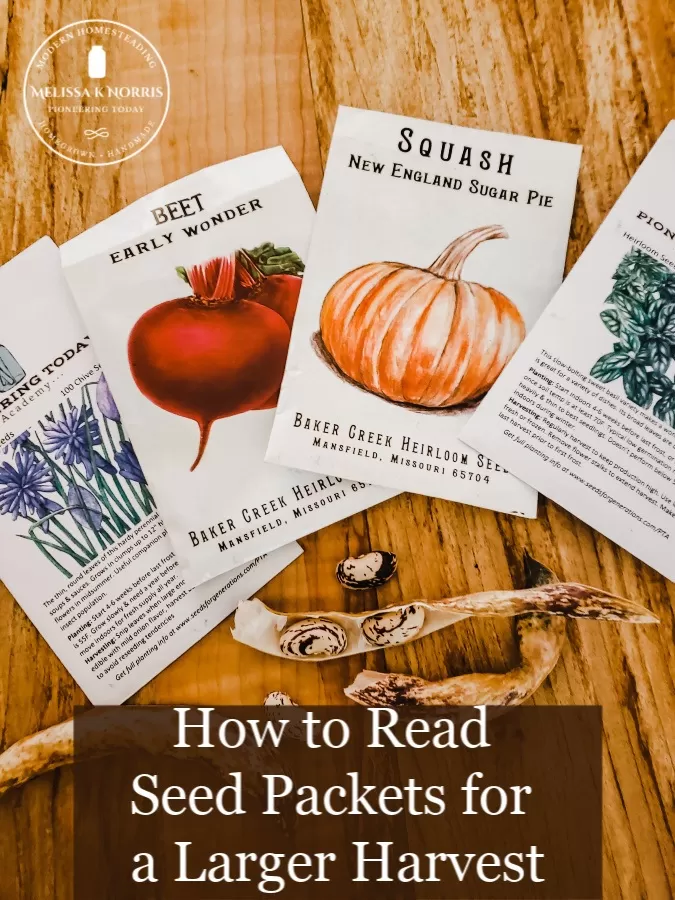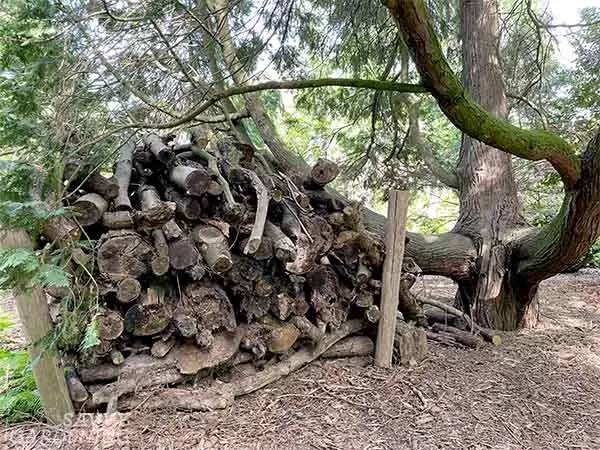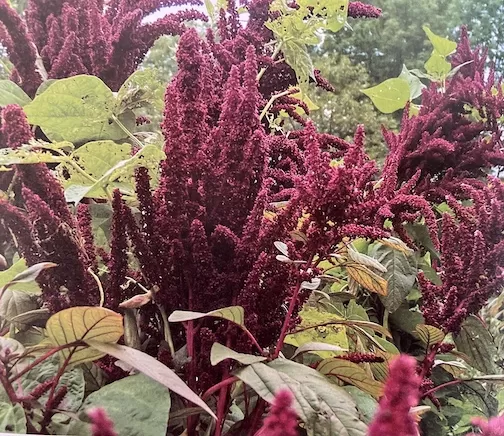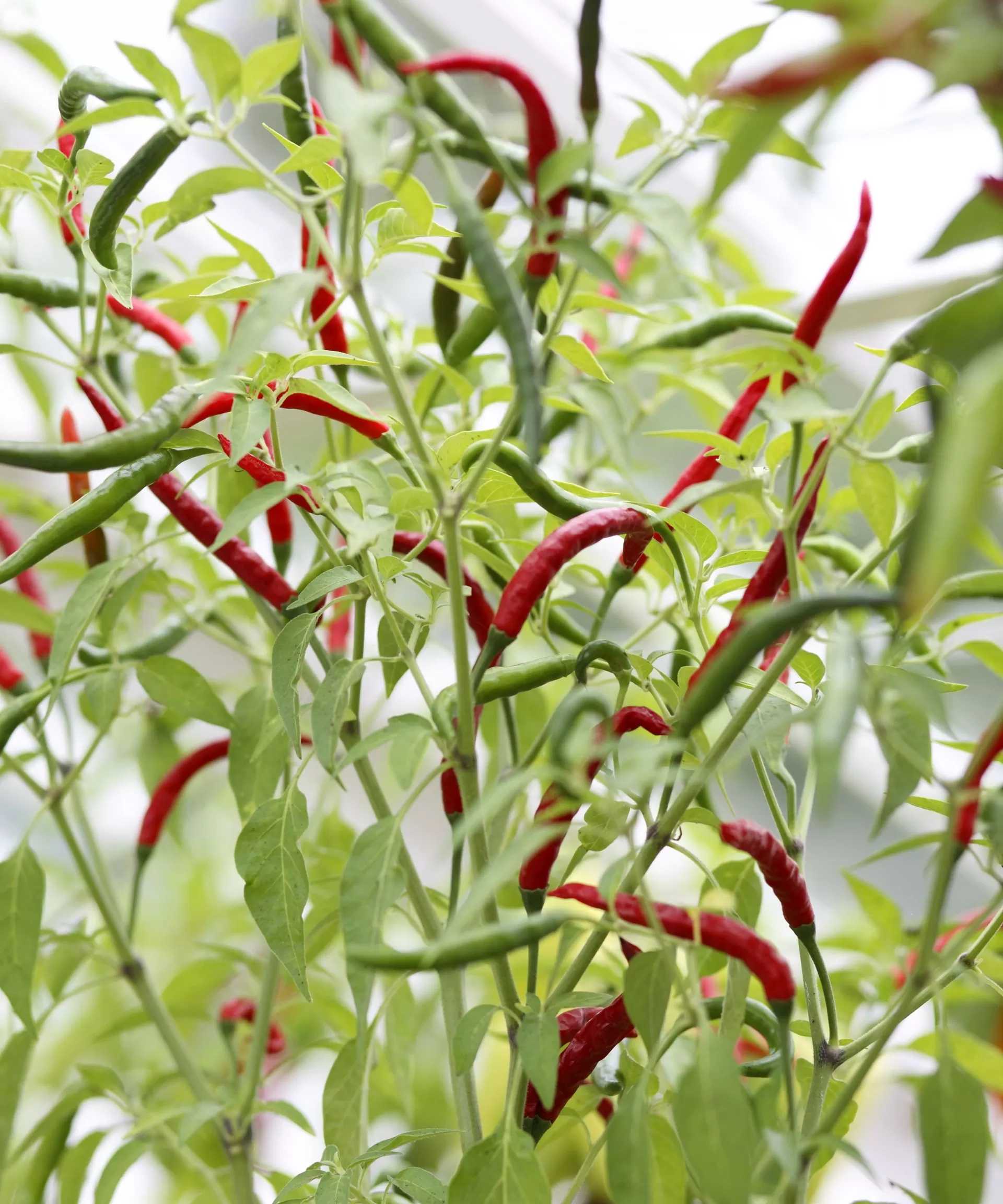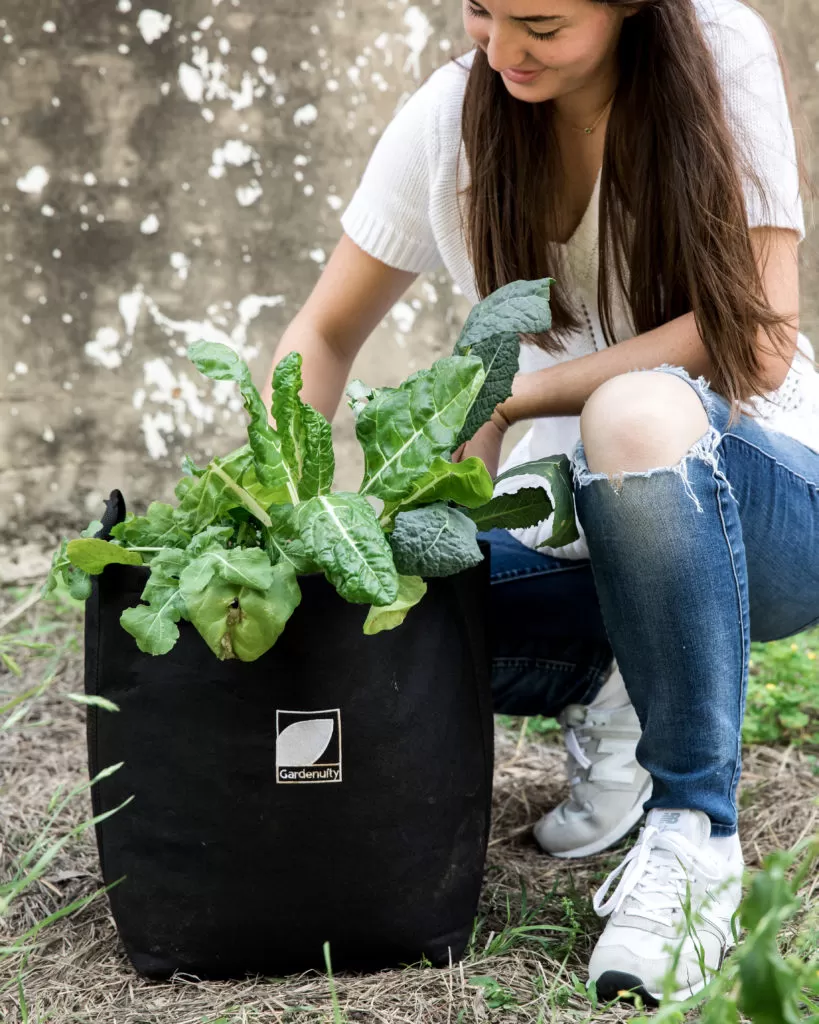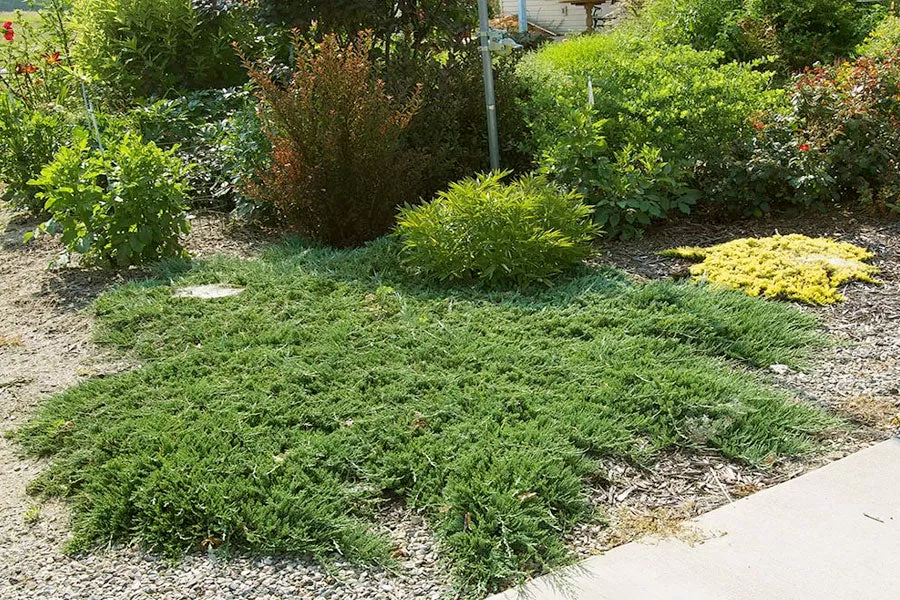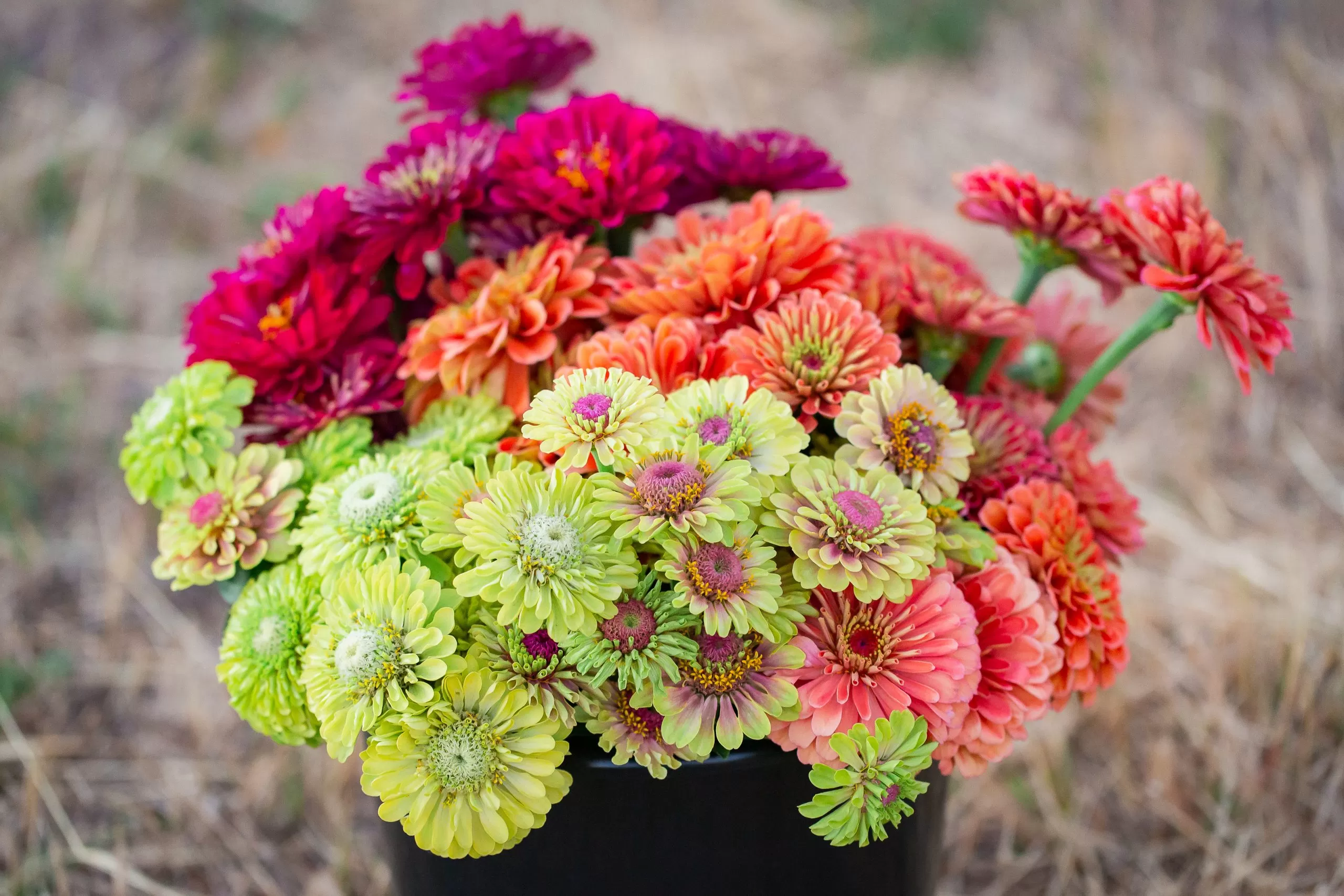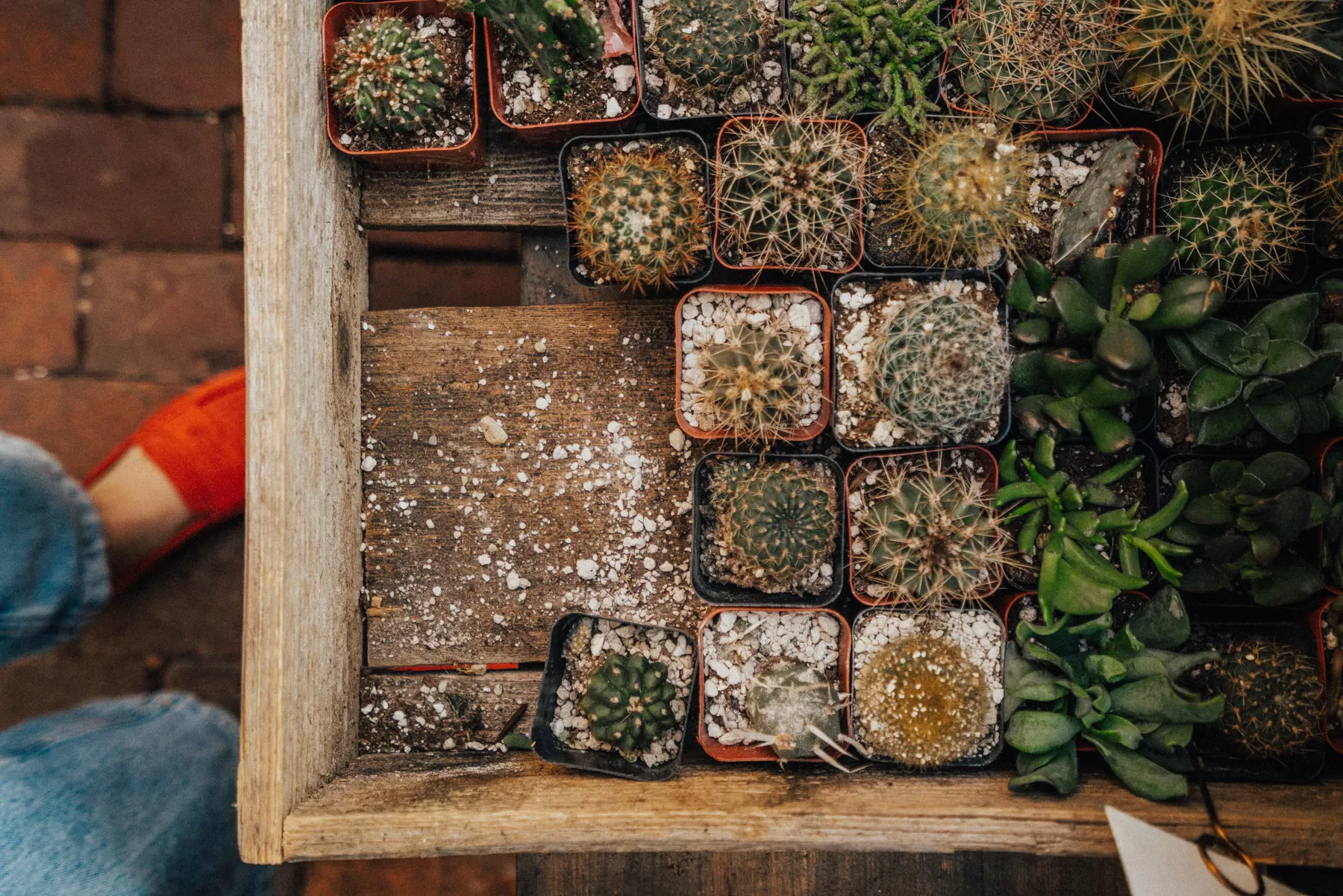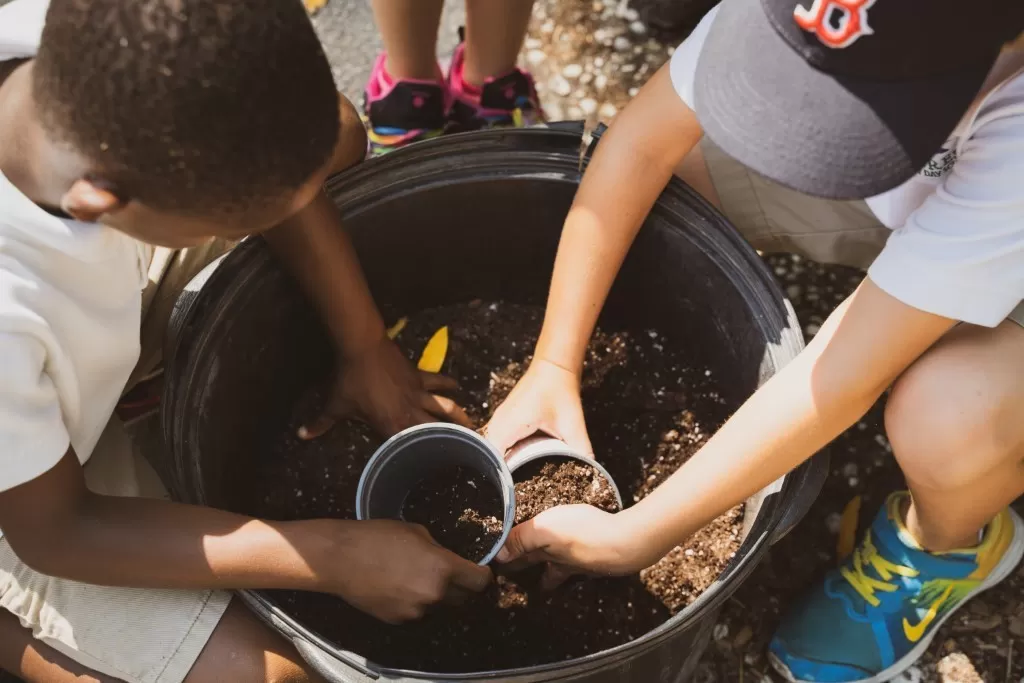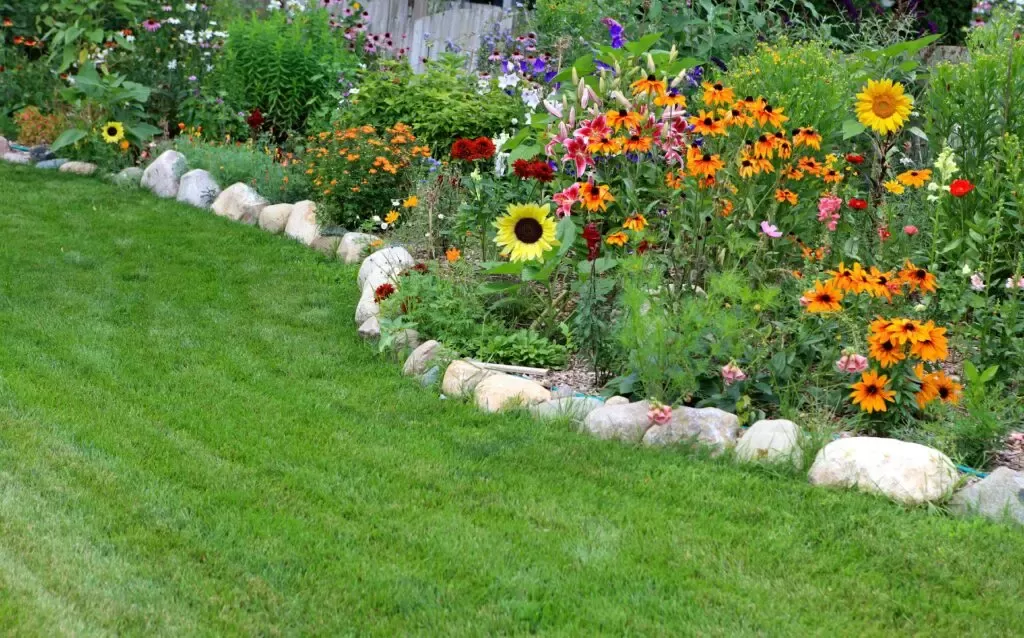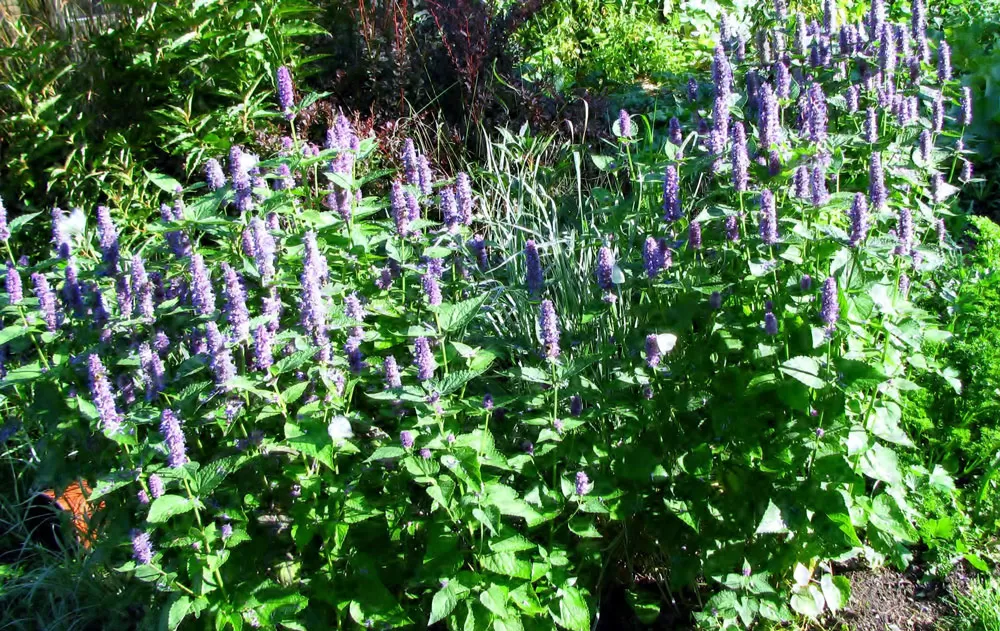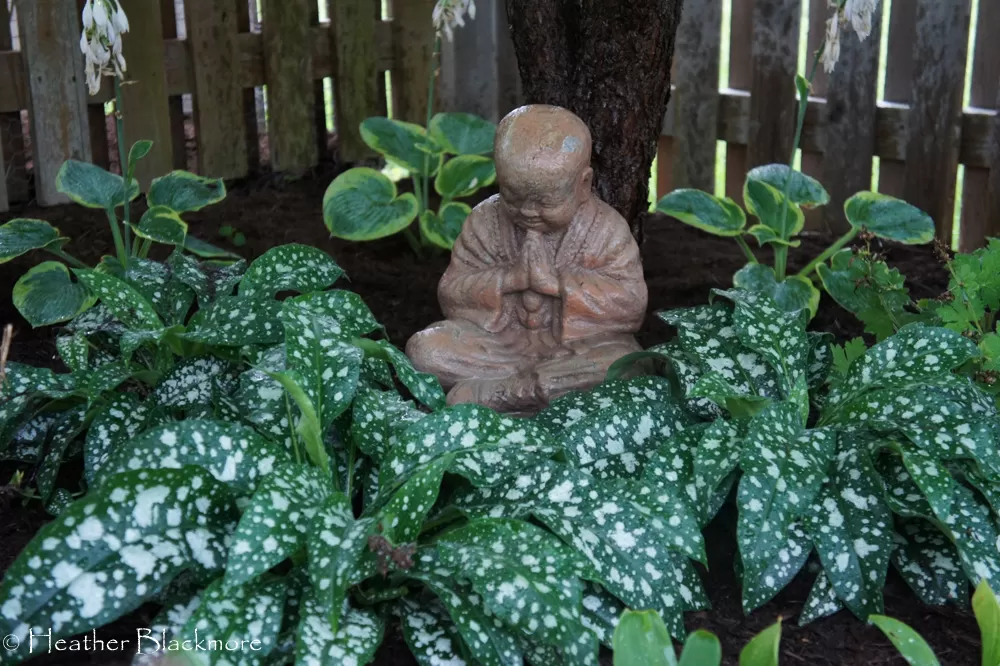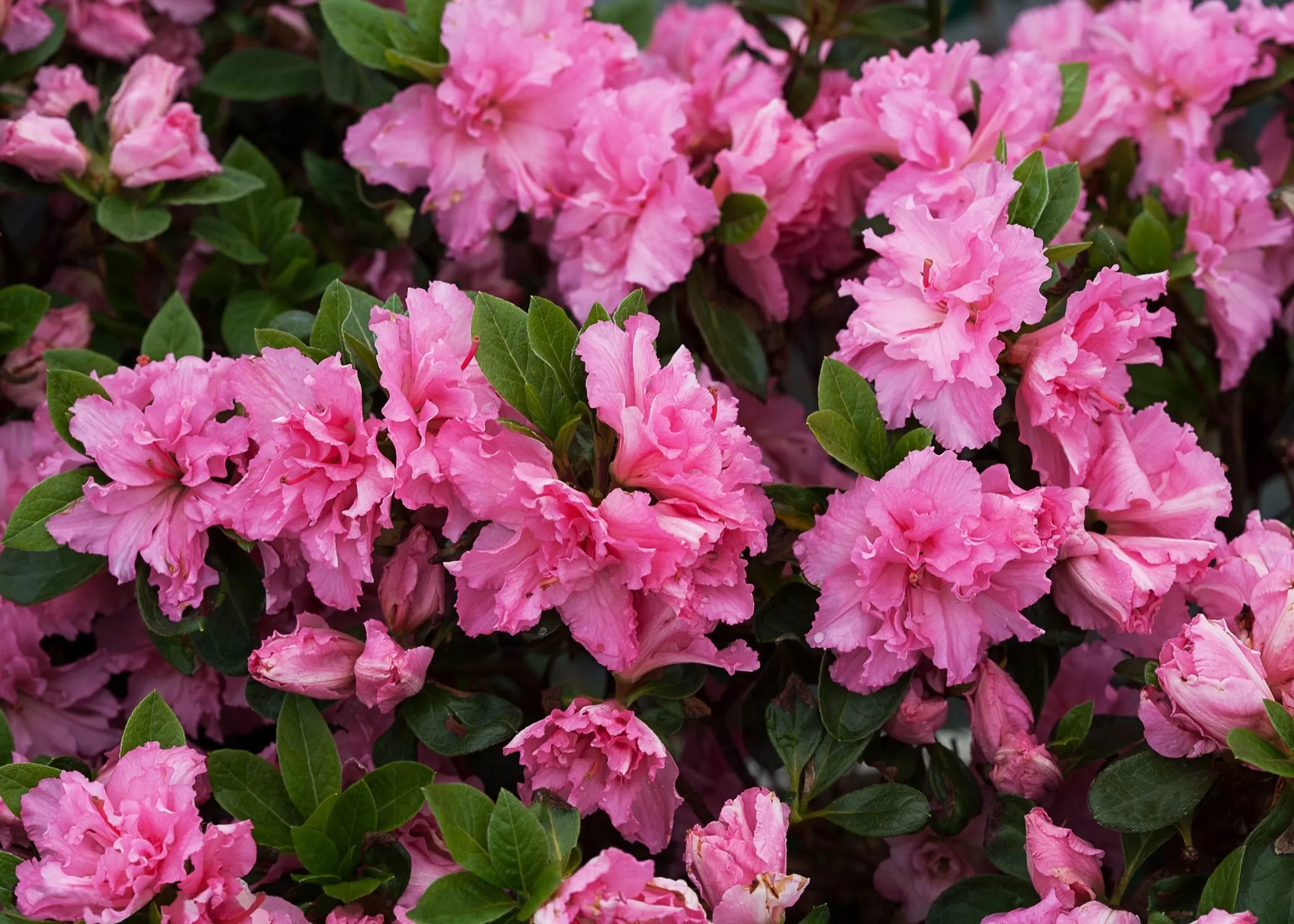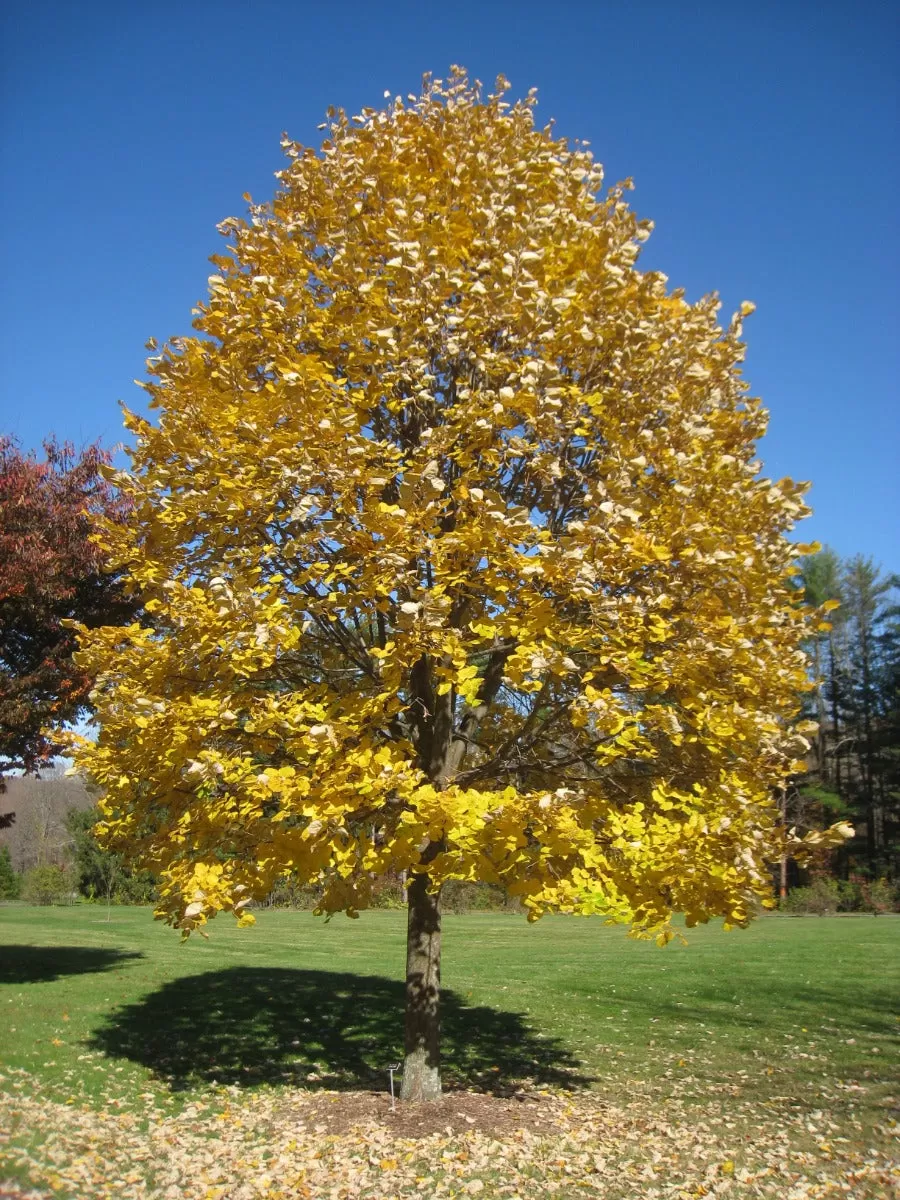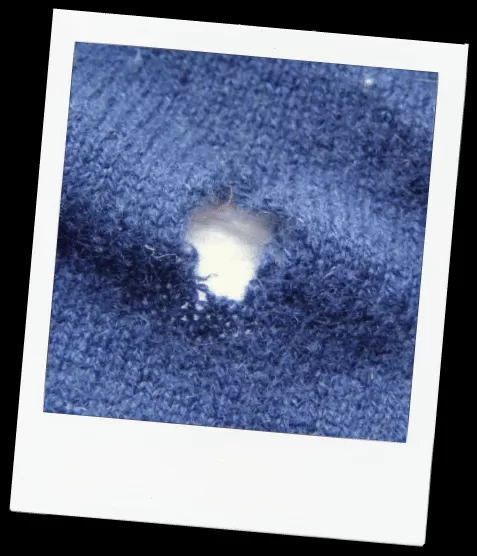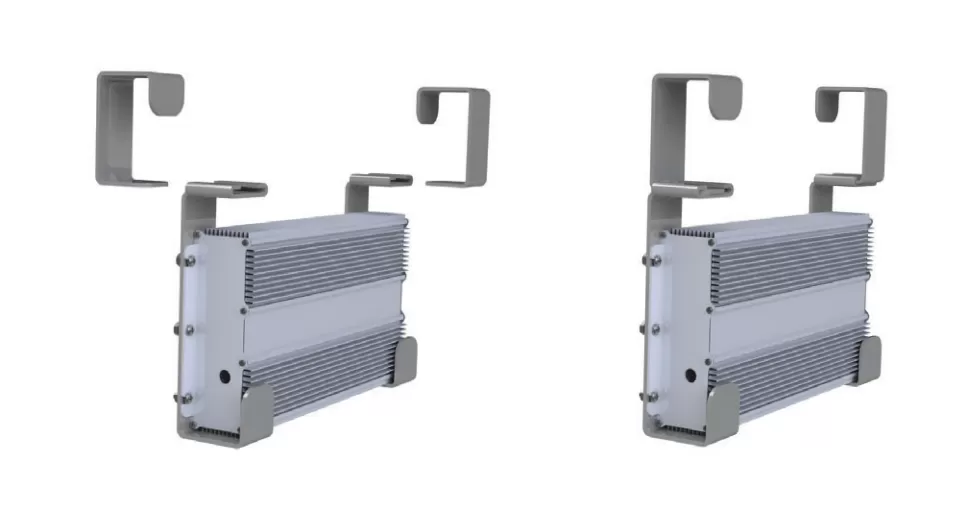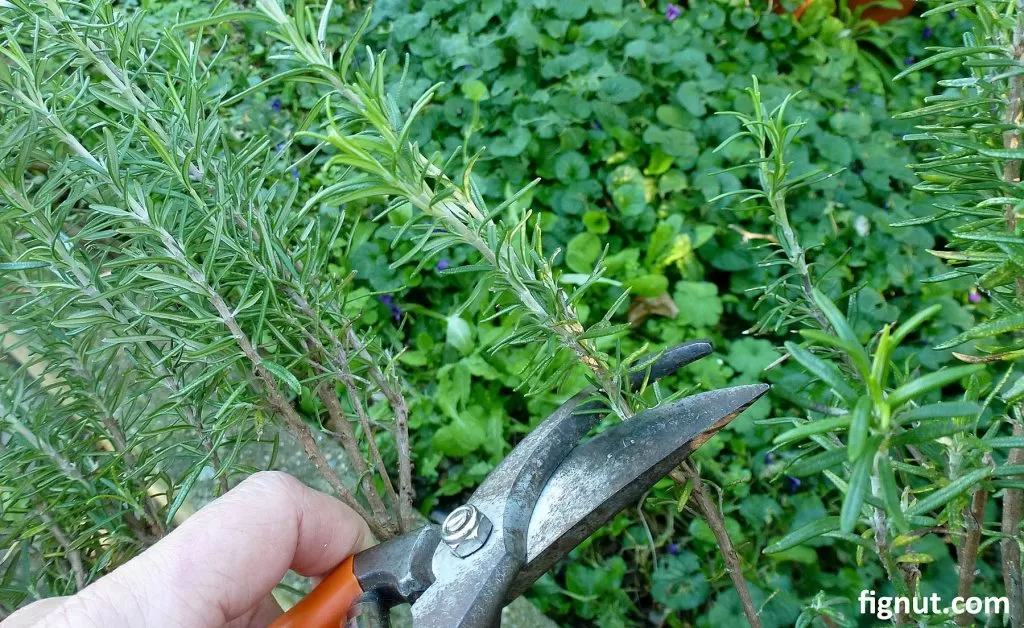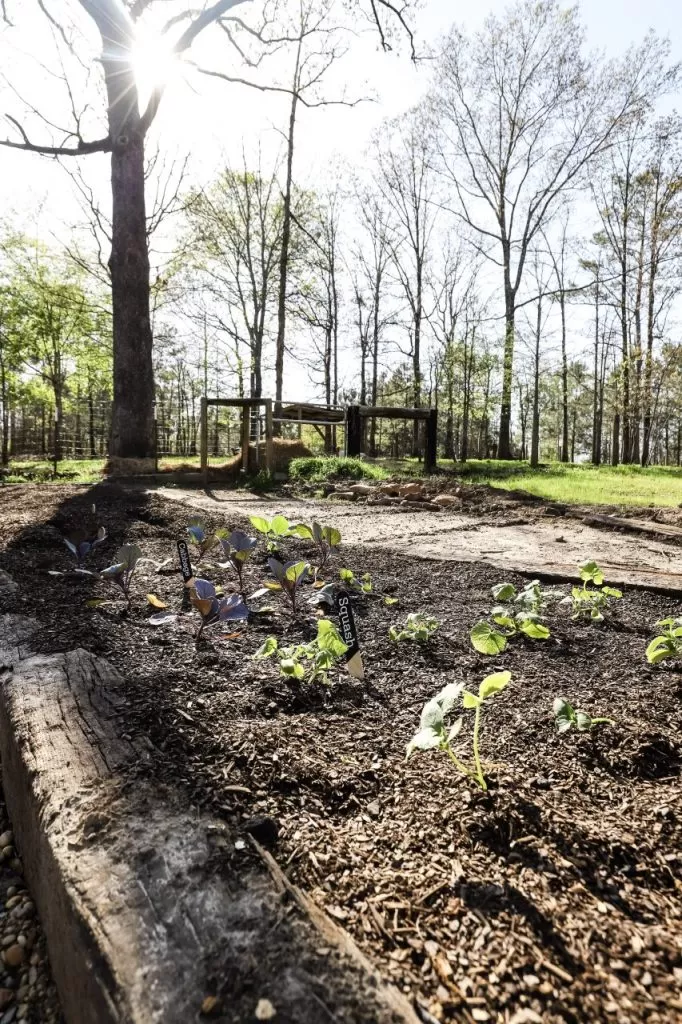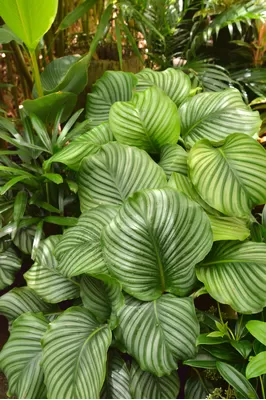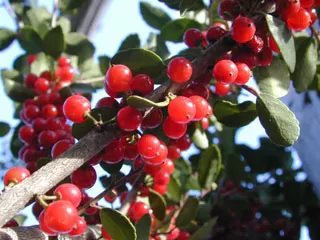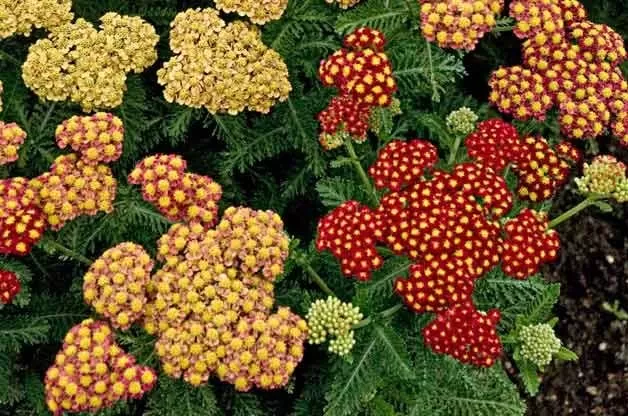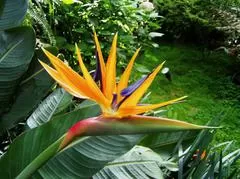Composting is like magic for your garden – transforming kitchen scraps and yard waste into rich, dark ‘black gold’ that breathes life into your soil. But for many, it can feel a bit daunting. Where do you start? What goes in? How do you make it work?
If you’ve ever looked at a pile of leaves and wondered how it could become valuable soil amendment, you’re in the right place. Getting started with composting is easier than you think, and mastering a few simple composting tips can make all the difference.
Here are the key takeaways to get you composting like a pro:
- Maintain the right balance of ‘brown’ (carbon) and ‘green’ (nitrogen) materials.
- Ensure your compost pile has adequate air and moisture.
- Chop materials into smaller pieces for faster decomposition.
- Consider pile size if you want quicker, hotter compost.
- Use a secure bin for food scraps to deter pests.
Let’s dive into the secrets of successful composting and unlock the potential in your garden waste.
Contents
- Understanding the Right Mix: Brown Meets Green
- Air and Water: The Lifeblood of Your Compost
- Finding the Right Moisture Level
- Why Turning Your Pile Helps
- Chop It Small for Faster Results
- Pile Size and Temperature: Hot vs. Cold Composting
- Dealing with Food Scraps: Keeping Critters Away
- What Not to Compost
- Benefits of Composting for Your Garden
- Choosing Your Compost Bin
- Conclusion: Get Started with Composting!
Understanding the Right Mix: Brown Meets Green
Think of your compost pile as a bustling metropolis for microscopic workers – bacteria and fungi. Just like any workforce, they need a balanced diet to thrive. This diet consists of carbon (the ‘browns’) and nitrogen (the ‘greens’).
- Browns (Carbon-rich): Dried leaves, straw, shredded newspaper, cardboard, twigs, wood chips. These provide the energy source for your microbes.
- Greens (Nitrogen-rich): Grass clippings, fruit and vegetable scraps, coffee grounds, tea bags, plant trimmings. These provide the protein (nitrogen) needed for the microbes to multiply and break down material.
The ideal ratio often recommended is about two parts brown material to one part green material by volume. Getting this balance right ensures your pile heats up nicely and breaks down efficiently without becoming slimy or smelly. Too much green can make it wet and stinky; too much brown makes it slow and dry. Don’t stress about getting the ratio exactly perfect initially – it’s a flexible guideline, and you’ll get a feel for it as you go.
Air and Water: The Lifeblood of Your Compost
Just like any living thing, the microbes in your compost pile need air and water to survive and do their job.
Finding the Right Moisture Level
Your compost should feel like a well-wrung-out sponge – damp but not dripping wet.
- Too dry: Decomposition slows down dramatically. The microbes get thirsty!
- Too wet: It can become anaerobic (without oxygen), leading to unpleasant odors and slower breakdown. It might also attract unwanted pests.
If your pile is too dry, add water and mix it in. If it’s too wet, add more dry brown materials and turn the pile to introduce air. Protecting your pile from heavy rain or scorching sun with a cover can help maintain the ideal moisture balance.
Why Turning Your Pile Helps
Turning your compost pile is like giving it a breath of fresh air. It introduces oxygen throughout the material, which is crucial for aerobic decomposition (the fast, odor-free kind). Turning also helps mix the materials, distributes moisture evenly, and breaks up clumps. While not strictly necessary for cold composting, regular turning (every few weeks or months) significantly speeds up the hot composting process.
 Woman adding dried leaves and plant scraps to a dark brown compost bin
Woman adding dried leaves and plant scraps to a dark brown compost bin
Chop It Small for Faster Results
Imagine trying to eat a whole apple versus eating small slices. Your compost microbes feel the same way! Smaller pieces have more surface area, making it much easier for the microbes to get to work and break them down quickly.
Chopping, shredding, or breaking up larger materials like branches, corn cobs, or tough stalks before adding them to the pile will dramatically speed up the composting process. You can use pruners, a machete, or even run materials over with a lawn mower. This is one of the simplest yet most effective composting tips to remember.
Pile Size and Temperature: Hot vs. Cold Composting
The size of your compost pile can influence how hot it gets. Hot composting is a faster process driven by large populations of microbes generating heat. For this to happen effectively, the pile needs to be large enough to insulate itself.
A pile roughly 3 feet by 3 feet by 3 feet (about 1 cubic meter) is often considered the minimum size to achieve and maintain the high temperatures needed for hot composting (around 110-160°F or 43-71°C). These temperatures not only speed up decomposition but also help kill weed seeds and pathogens.
However, don’t feel discouraged if your pile isn’t big enough to heat up or if you don’t turn it often. Cold composting, where you simply add materials and let them break down slowly over time, is also perfectly effective. It just takes longer – sometimes a year or more – but requires minimal effort. Both methods ultimately yield that valuable compost for your garden.
Dealing with Food Scraps: Keeping Critters Away
While most yard waste doesn’t attract much unwanted attention, adding kitchen scraps can be a different story. Things like fruit and vegetable peels, coffee grounds, and eggshells are compost gold, but they can also attract rodents and other pests.
To minimize this risk, especially if you’re composting near your home, consider using a rodent-resistant compost bin. Look for bins with:
- A secure lid that closes tightly.
- A solid floor or base, or very small openings (no larger than ¼ inch) if you want ground contact.
- Durable material that pests can’t chew through easily.
It’s also wise to bury new food scraps in the center of the pile, under a layer of brown material, rather than leaving them exposed on top.
What Not to Compost
Just as important as knowing what to compost is knowing what not to compost, particularly when adding food scraps:
- Meat and bones
- Dairy products
- Oils and greasy foods
- Diseased or pest-ridden plants
- Pet waste (dog or cat)
- Weeds that have gone to seed (unless your pile gets hot enough to kill the seeds)
- Chemically treated wood or sawdust
These items can attract pests, create foul odors, or introduce harmful pathogens or chemicals into your compost.
Benefits of Composting for Your Garden
Beyond reducing waste, composting offers incredible benefits for your soil and plants:
- Soil Improvement: Compost adds structure, aeration, and drainage to heavy clay soils, and improves water retention in sandy soils.
- Nutrient Boost: It provides essential nutrients for healthy plant growth in a slow-release form.
- Increased Microbial Activity: Compost introduces beneficial microorganisms to your soil, creating a healthier soil ecosystem.
- Reduced Need for Fertilizers: By feeding your soil with compost, you often need less synthetic fertilizer.
- Waste Reduction: It diverts valuable organic materials from landfills.
Choosing Your Compost Bin
There are many ways to compost, from simple open piles (best for yard waste) to various types of bins and tumblers:
- Open Bins: Often made of wire mesh, wood, or plastic. Simple and affordable.
- Enclosed Bins: Plastic bins with lids, offering more control over moisture and potentially better pest resistance.
- Compost Tumblers: Elevated bins that rotate, making turning easy and often speeding up the process.
Choose a method that fits your space, budget, and the types of materials you plan to compost.
Conclusion: Get Started with Composting!
Composting might seem like a complex process at first, but by following these key composting tips, you can easily turn your kitchen and yard waste into a valuable resource for your garden. It’s a rewarding process that benefits your plants, your wallet, and the environment.
Start small, pay attention to the brown-green balance, ensure adequate air and moisture, and don’t be afraid to experiment. Your garden will thank you for the rich, nutritious compost you provide!
What are your biggest composting challenges or successes? Share your composting tips in the comments below! And if you found this guide helpful, please share it with your fellow garden enthusiasts. Explore more articles on Thelittle.garden for tips on plant care and creating your dream landscape.
